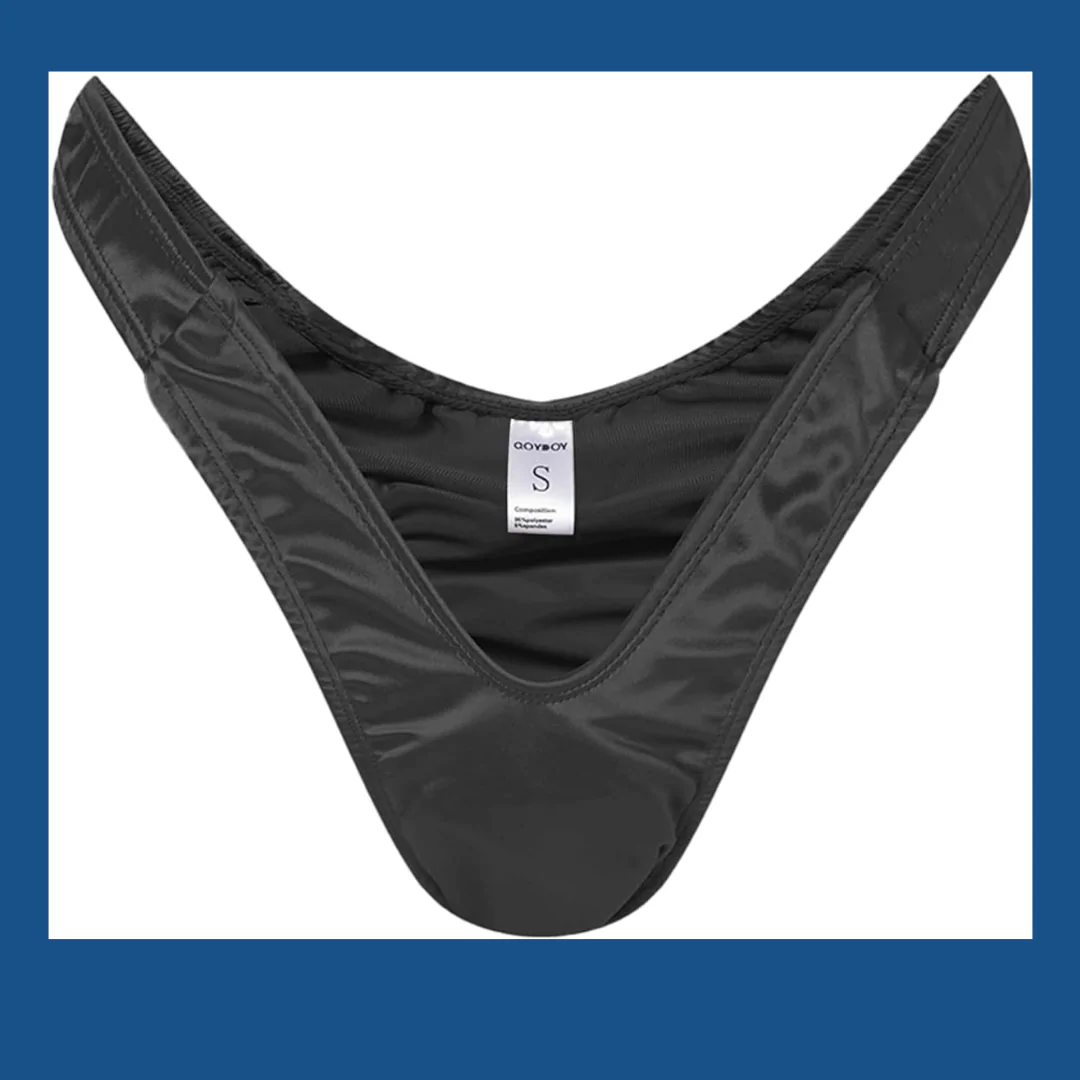Tucking underwear, a term not often openly discussed, holds immense significance for a specific community – transgender and non-binary individuals. It’s a practice that goes beyond mere undergarment aesthetics, delving into the realm of personal comfort, dysphoria reduction, and gender expression.

What is Tucking?
Tucking refers to the act of redirecting and securing genital tissue to create a smoother appearance in the groin area. This can be done for various reasons, including:
- Reducing gender dysphoria: For transgender and non-binary individuals whose gender identity doesn’t align with their assigned sex at birth, tucking can help alleviate the discomfort and distress associated with genital dysphoria.
- Enhancing presentation: Tucking can create a silhouette that aligns more closely with one’s desired gender expression, boosting confidence and self-presentation.
- Medical reasons: In some cases, tucking might be necessary for medical purposes, such as post-surgical recovery or managing certain medical conditions.
Boyish outfits ideas : Embrace Comfort and Style without Compromise
Types of Tucking Underwear:
A variety of tucking underwear options cater to different needs and preferences. Here’s a breakdown of the most common types:
- Gaff panties: These high-waisted panties feature a reinforced panel designed to hold and compress the genital tissue, creating a smooth and flat front.
- Tucking briefs: Similar to gaff panties, tucking briefs offer a secure and compressive fit but with a shorter leg cut.
- Binders: Primarily used for chest binding by transgender men and non-binary individuals, binders can also be adapted for tucking by providing compression to the lower abdomen and groin area.
Safety and Comfort Tips:
While tucking can be a valuable tool for many individuals, prioritizing safety and comfort is paramount. Here are some essential tips:
- Use proper equipment: Invest in well-made, specifically designed tucking underwear to avoid discomfort and potential tissue damage.
- Start slow and listen to your body: Begin with shorter tucking durations and gradually increase as your body adjusts. Pay attention to any pain or discomfort and stop immediately if needed.
- Moisturize and use lubricants: Friction can cause irritation, so regularly moisturizing the genital area and using lubricants during tucking can minimize discomfort.
- Seek professional guidance: Consult a healthcare professional or experienced practitioner for personalized advice on safe tucking techniques.
Beyond the Underwear: A Community of Support
The act of tucking is deeply personal and often shrouded in secrecy due to societal stigma and lack of understanding. However, a vibrant online and community-based support system exists for transgender and non-binary individuals seeking guidance and connection. Forums, social media groups, and dedicated tucking tutorials provide a safe space for sharing experiences, asking questions, and finding encouragement.
Remember: Tucking is a personal choice, and individuals should feel empowered to explore what works best for them. By prioritizing safety, comfort, and open communication, tucking can become a valuable tool for self-expression and dysphoria management within the transgender and non-binary community.
Is tucking safe?
Tucking can be safe if done properly with appropriate precautions. Here are some key safety tips:
- Use proper equipment: Invest in well-made, specifically designed tucking underwear to avoid discomfort and potential tissue damage.
- Start slow and listen to your body: Begin with shorter tucking durations and gradually increase as your body adjusts. Pay attention to any pain or discomfort and stop immediately if needed.
- Moisturize and use lubricants: Friction can cause irritation, so regularly moisturizing the genital area and using lubricants during tucking can minimize discomfort.
- Seek professional guidance: Consult a healthcare professional or experienced practitioner for personalized advice on safe tucking techniques.
Is tucking painful?
Tucking should not be painful. If you experience any discomfort, stop immediately and adjust your technique or equipment. It’s crucial to listen to your body and prioritize safety over achieving a specific look.
What are the benefits of tucking?
For transgender and non-binary individuals, tucking can offer various benefits, including:
- Reduced gender dysphoria: By creating a smoother appearance, tucking can alleviate the distress associated with genital dysphoria.
- Enhanced confidence and self-presentation: Tucking can help individuals feel more comfortable and confident in their clothing and presentation.
- Improved mental well-being: Feeling more aligned with your gender expression can positively impact mental health and overall well-being.
Where can I find tucking underwear and support?
Several online retailers specialize in tucking underwear and other gender-affirming garments. Additionally, online communities and forums provide a safe space for transgender and non-binary individuals to connect, share experiences, and ask questions related to tucking and other aspects of gender identity.
Remember: Tucking is a personal choice, and individuals should feel empowered to explore what works best for them. By prioritizing safety, comfort, and open communication, tucking can become a valuable tool for self-expression and dysphoria management within the transgender and non-binary community.
